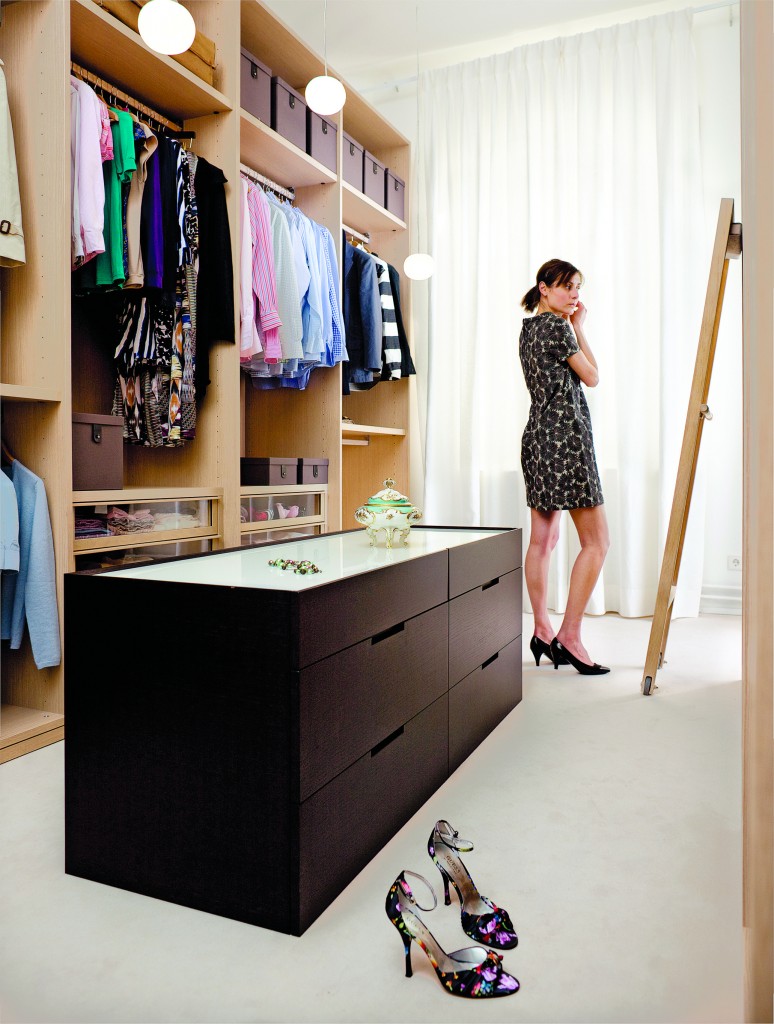A closet you can see yourself in
If you’re blessed with a surplus of clothing, a walk-in closet can bring you order and serentiy—all at a very affordable price
Advertisement
If you’re blessed with a surplus of clothing, a walk-in closet can bring you order and serentiy—all at a very affordable price

Share this article Share on Facebook Share on Twitter Share on Linkedin Share on Reddit Share on Email